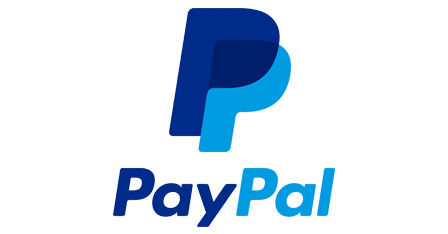Investment commitments by partner companies of Grow Africa – a programme established by the World Economic Forum, NEPAD and the African Union to accelerate the transformation of African agriculture – doubled to $7.2 billion in 2013. The increase in committed funding is captured in the Grow Africa Annual Report, released today.
Of the $7.2 billion in new commitments, Grow Africa partners have already invested $970 million. This has directly led to the creation of 33,000 new jobs and the assistance of 2.6 million smallholder farmers throughout the continent.
Grow Africa measures both these metrics in order to ensure that investment contributes to both economic growth and food security. The assistance it provides to smallholders includes provision of new services, sourcing, contracts or training.
According to the report, most investment to date has been made by companies from within Africa. Half of all invested funds to date have been directed to Nigeria. This reflects the size of the country’s economy, but also renewed political commitment in the country to agriculture that has made it attractive for domestic and international investors.
The increase in investment confirmations outlined in the report is consistent with a broader growth trend in African agriculture which, according to the World Bank, will triple in size by 2030 to become a $1 trillion industry.
As well as highlighting investment, the Grow Africa Annual Report also identifies a number of innovative best practices that are designed to assist African farmers looking to scale up their businesses. Some promising models in this area, highlighted in the report, are new public sector bodies such as the Agricultural Transformation Agency in Ethiopia, as well as frameworks to attract private sector investment into specific regions, including Tanzania’s Southern Agricultural Growth Corridor (SAGCOT).
The report also reveals the challenges that Africa’s agriculture sector must address if it is to achieve its potential. The most frequently reported challenge is lack of access to, and affordability of, relevant financial products. The second most referenced constraint is a lack of alignment between (and within) public sector institutions and the private sector, which slows down, or deters, investments and project execution.























